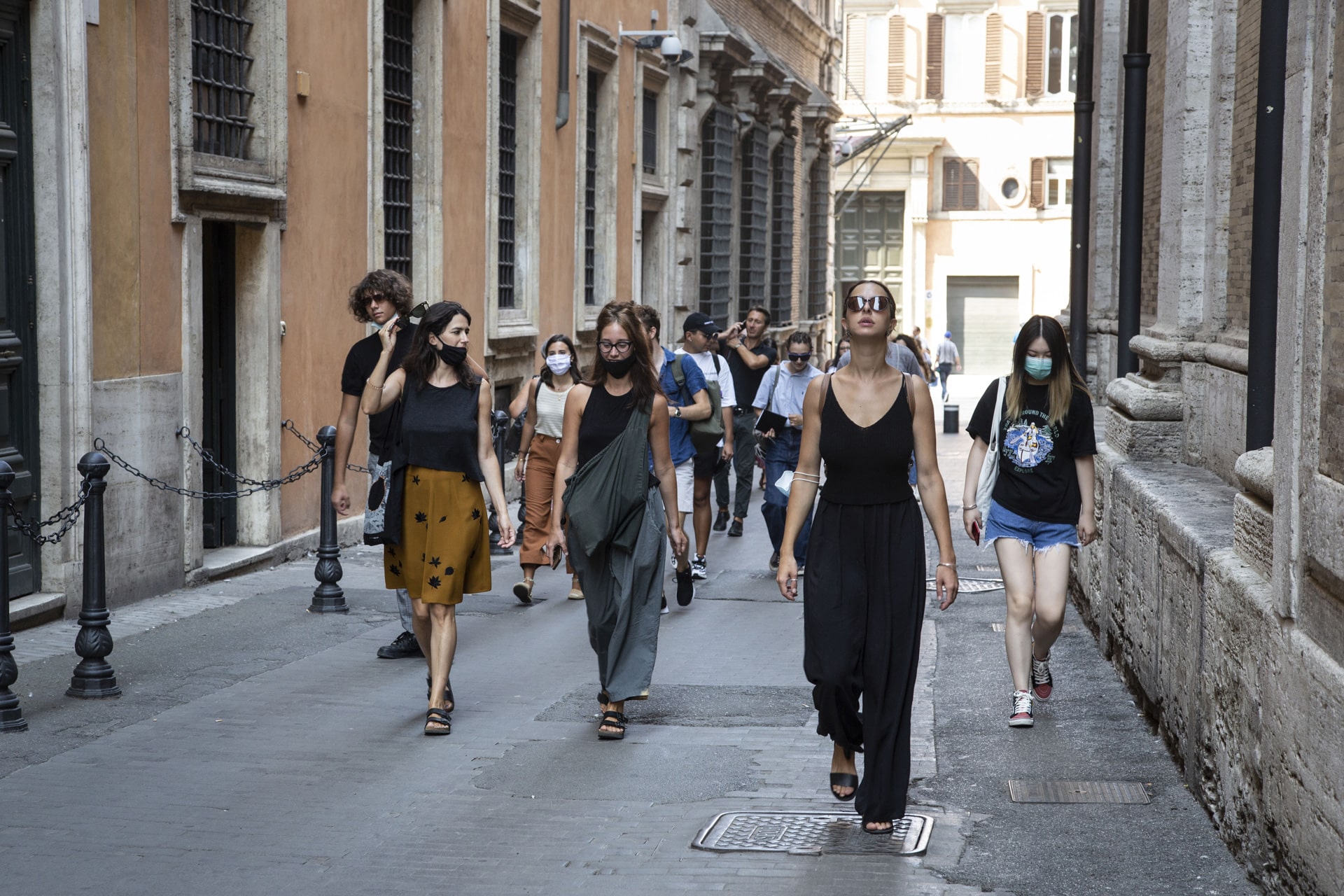Beto Shwafaty
Gifts, Trades and Bargains – Cultural Diplomacy in the case of Brazilian Embassy at Palazzo Pamphilj
 The starting point of this workshop is to draw attention to the prestigious Palazzo Pamphilj and its transformation into the official Brazilian embassy in Rome. Within this topic, the broader aim is to look at the political and economic entanglements of both pre and post-war modernist periods, the interdependencies of Brazil and Italy (within the general scope of colonial and modern relations) and the political and hegemonic interests of the States and their subsequent “smooth” actions that touch on the concepts of State Propaganda and Soft Power.
The starting point of this workshop is to draw attention to the prestigious Palazzo Pamphilj and its transformation into the official Brazilian embassy in Rome. Within this topic, the broader aim is to look at the political and economic entanglements of both pre and post-war modernist periods, the interdependencies of Brazil and Italy (within the general scope of colonial and modern relations) and the political and hegemonic interests of the States and their subsequent “smooth” actions that touch on the concepts of State Propaganda and Soft Power.
 For that matter, we are going to dive into the historical and contextual episodes related to the recent stories of the monumental building, Palazzo Pamphilj, where the Brazilian embassy is currently located. Our initial focus is to analyse its relation to Brazil, in terms of becoming both part of the Brazilian “territory” (by its acquisition) and a symbol of the transformations in terms of foreign relations of the country (not just with Italy but more broadly with Europe and the international sphere). In light of this, we will try to look at the building as an embassy – a “device” that enables the emergence of diverse narratives and processes (mutual agreements, economic and cultural projects, public events, propaganda campaigns, etc.), taking into consideration the long and quite respected tradition of Brazilian diplomacy abroad and the close ties between Brasil and Italy, that goes back to the19th century, when the first Italians immigrated to Brasil to replace the workforce of slavery which was abolished in 1888, as well with the presence of historical figures in its local history (Garibaldi, Matarazzo among others). In short, we aim to explore how the identity of a foreign culture is in dialogue and, sometimes, is entangled with one of the biggest monuments of Italy and of the history of architecture at large. With this initial drive, we aim to collect and extract informational, historical and material elements with which we could work further on, elaborating and speculating ideas that could shed new light on the existing relations in that specific historical and spatial context.
For that matter, we are going to dive into the historical and contextual episodes related to the recent stories of the monumental building, Palazzo Pamphilj, where the Brazilian embassy is currently located. Our initial focus is to analyse its relation to Brazil, in terms of becoming both part of the Brazilian “territory” (by its acquisition) and a symbol of the transformations in terms of foreign relations of the country (not just with Italy but more broadly with Europe and the international sphere). In light of this, we will try to look at the building as an embassy – a “device” that enables the emergence of diverse narratives and processes (mutual agreements, economic and cultural projects, public events, propaganda campaigns, etc.), taking into consideration the long and quite respected tradition of Brazilian diplomacy abroad and the close ties between Brasil and Italy, that goes back to the19th century, when the first Italians immigrated to Brasil to replace the workforce of slavery which was abolished in 1888, as well with the presence of historical figures in its local history (Garibaldi, Matarazzo among others). In short, we aim to explore how the identity of a foreign culture is in dialogue and, sometimes, is entangled with one of the biggest monuments of Italy and of the history of architecture at large. With this initial drive, we aim to collect and extract informational, historical and material elements with which we could work further on, elaborating and speculating ideas that could shed new light on the existing relations in that specific historical and spatial context.
The process proposed within this workshop is sharing artistic ways and methodologies of work, placed in the liminal space between “fieldwork, archival research, chance and curiosity”. We are going to explore archives (public and private) trying to find traces and evidence of past episodes and events, as well as their reception by the community and the consequent debate and controversies that they triggered. We are going to visit the building and observe aesthetics and materiality in contrast with the presence of elements or traces that could portray and be related to a “tropical new country” (Brasil), to visualize mutual interests in the respective markets (in South America and Europe, having commodities as the main element). We will consider historical, economic and political contexts of diverse periods related to key events linked to the building. All this will further be reorganised, questioned and post-processed to enable hypothesis of work, proposals, speculations and reflections.






